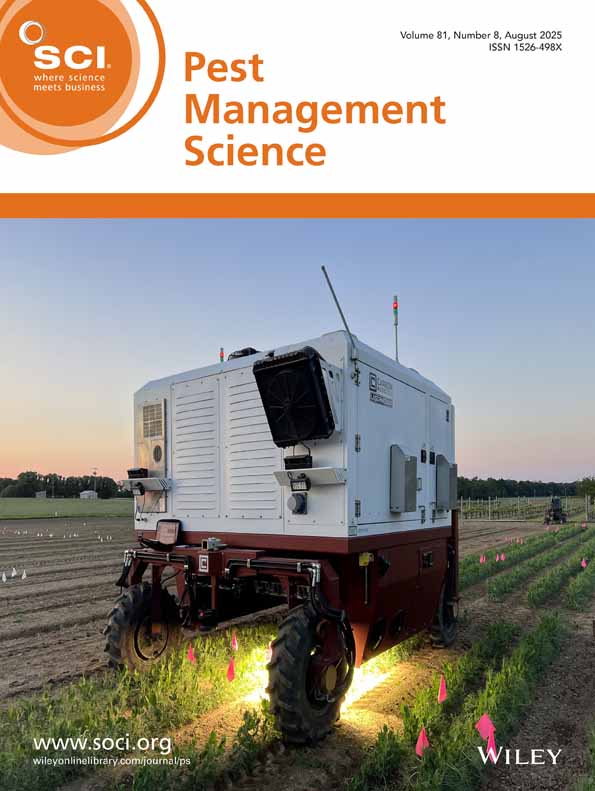Studies involving avermectin and the 4-aminobutyric acid (GABA) receptor of Ascaris suum muscle†
Based on a poster presented at Neurotox 88—an International Symposium on Neuropharmacology and Pesticide Action, organised by the Society of Chemical industry on 11-15 April. 1988, at the University of Nottingham.
Abstract
This study describes the pharmacology of the Ascaris suum muscle GABA receptor using a range of GABA agonists and antagonists. The GABA receptor at this site does not readily fit into GABA-A or GABA-B classification. The effect of the potent anthehmintic, avermectin, on these cells was investigated. It was found to inhibit GABA-evoked increase in membrane conductance and membrane hyper polarisation on quiescent muscle cells with an apparent affinity constant in the mid-micromolar range. When applied to spontaneously active muscle cells, avermectin (I üM) inhibited the spiking activity after a delay of about 25 min.




